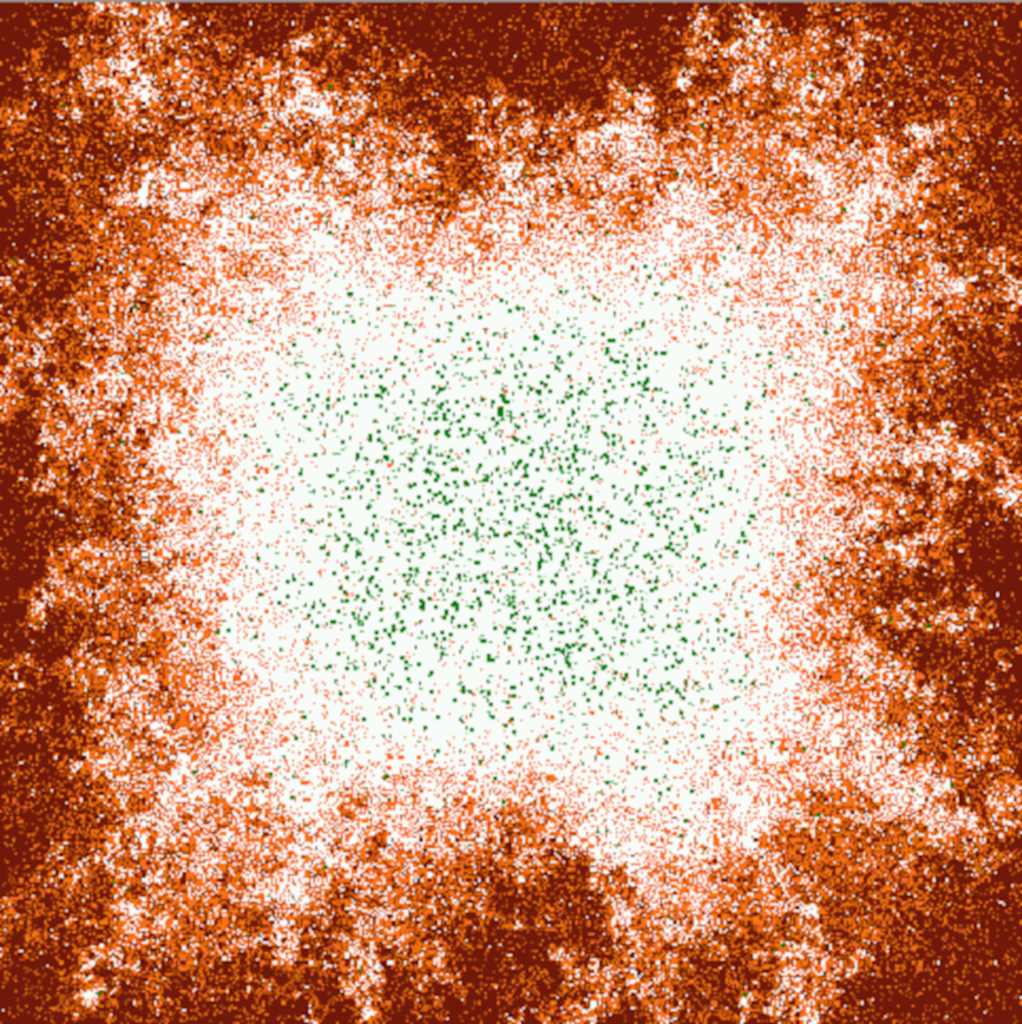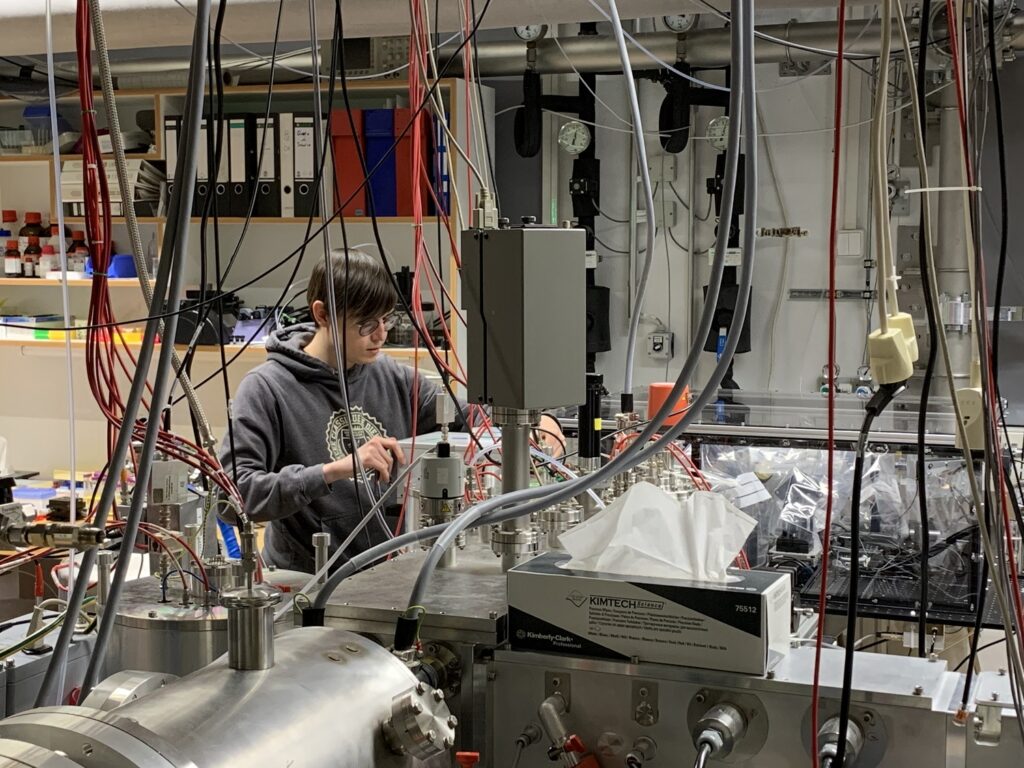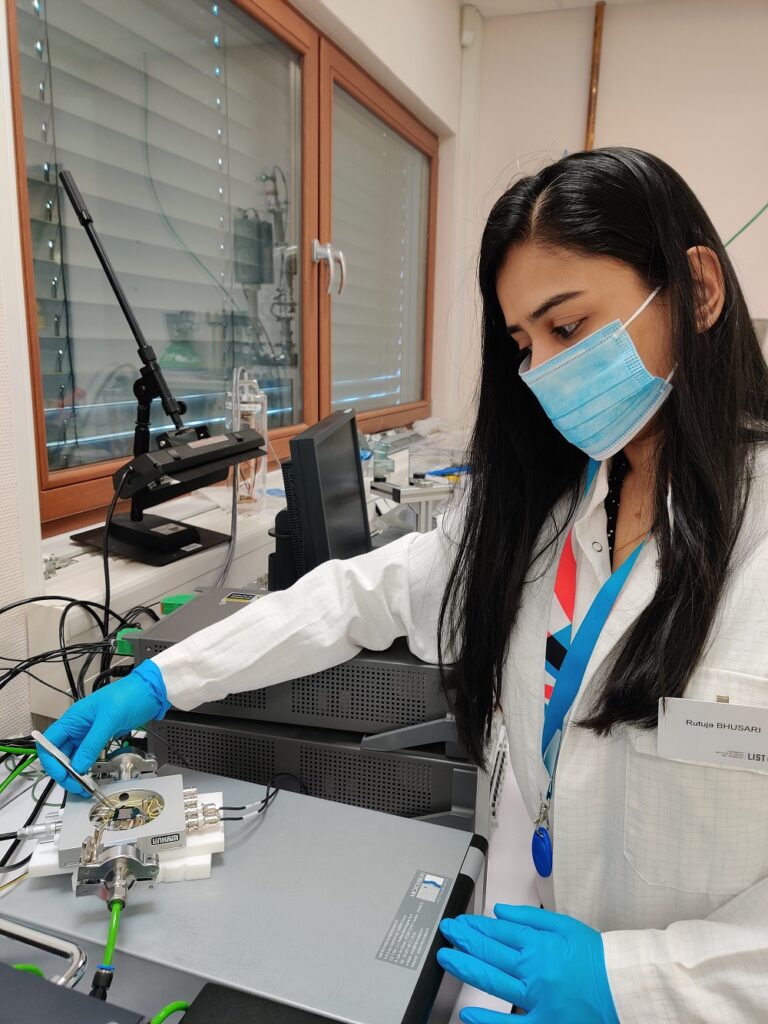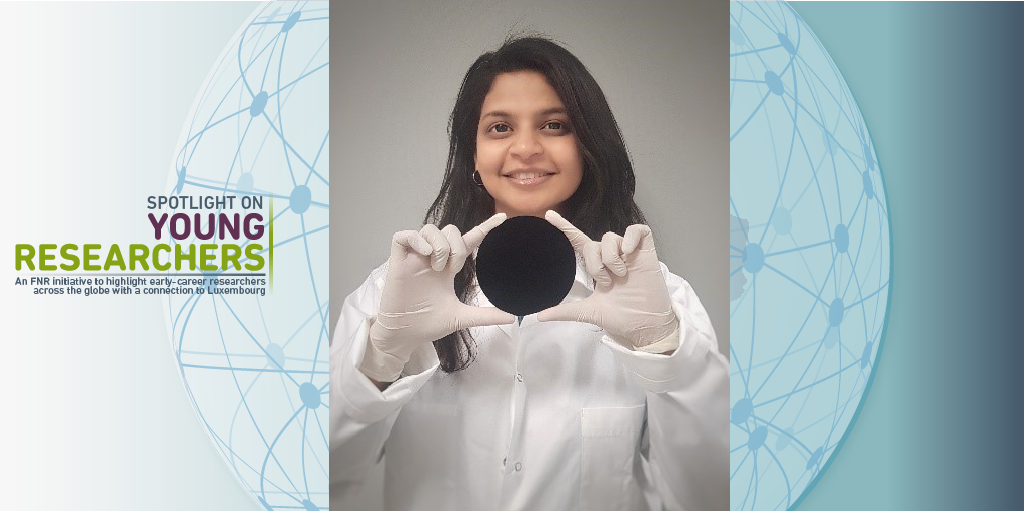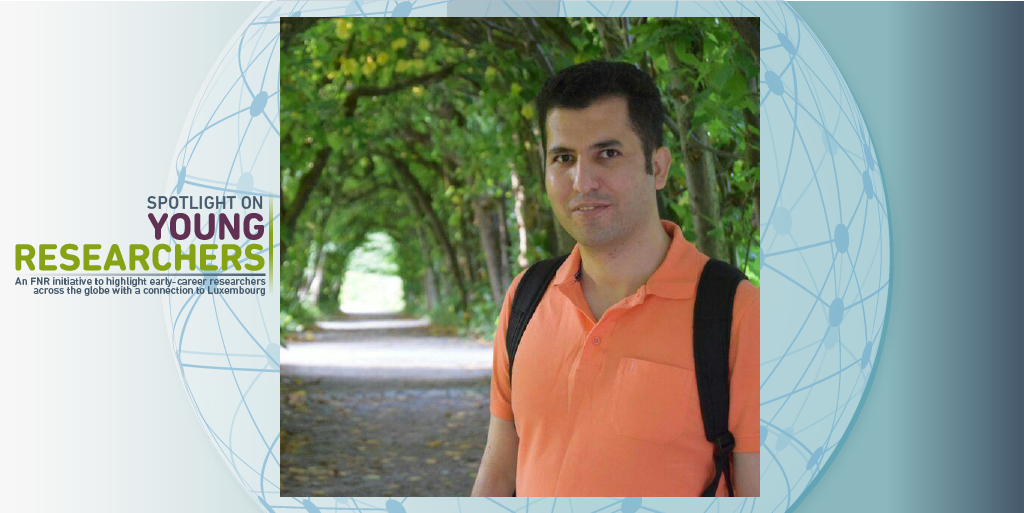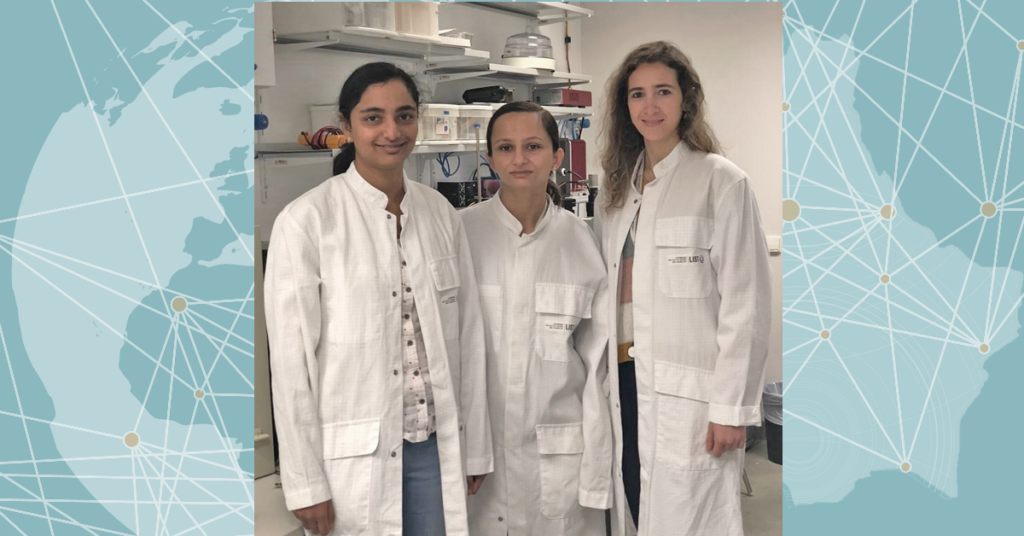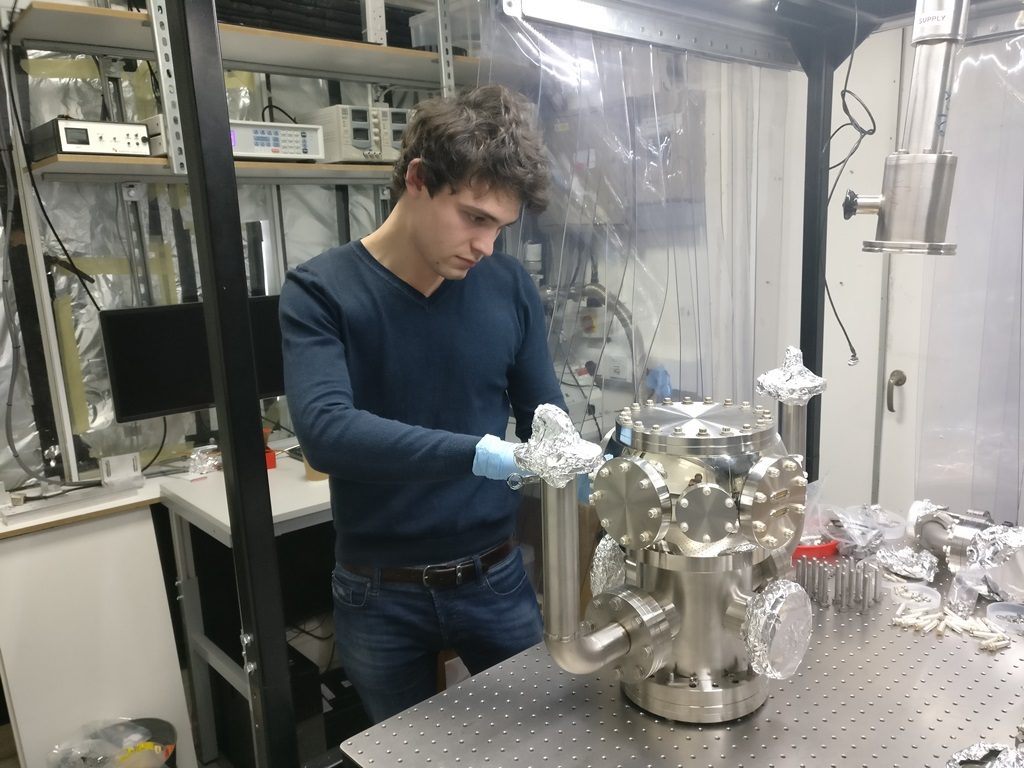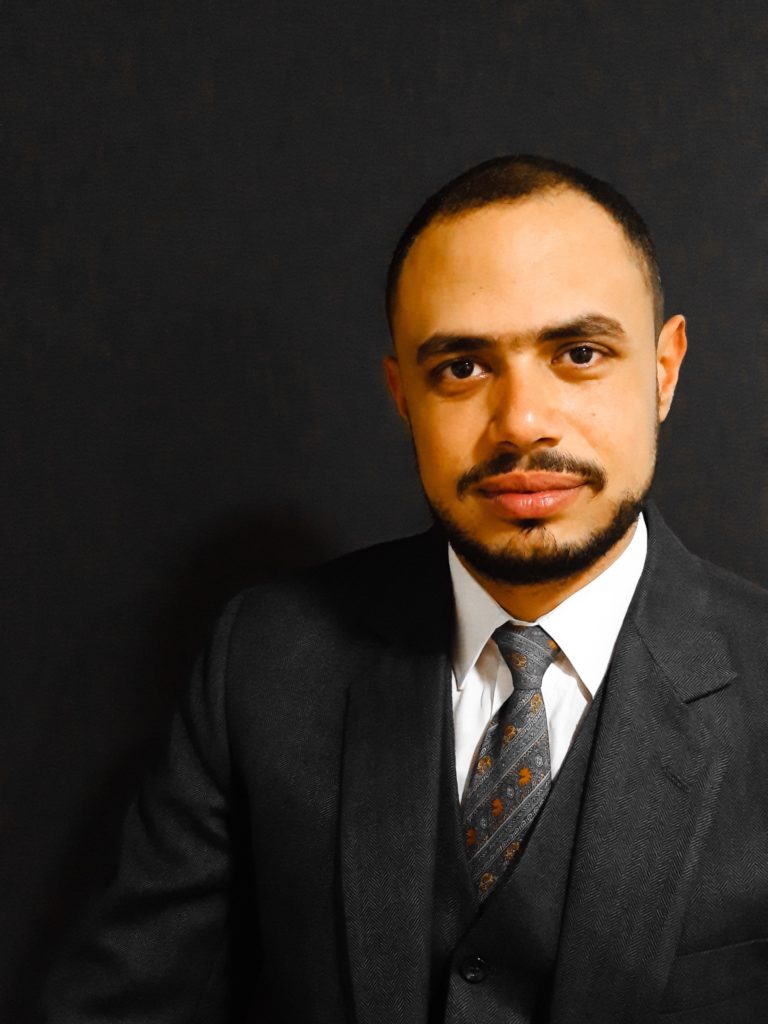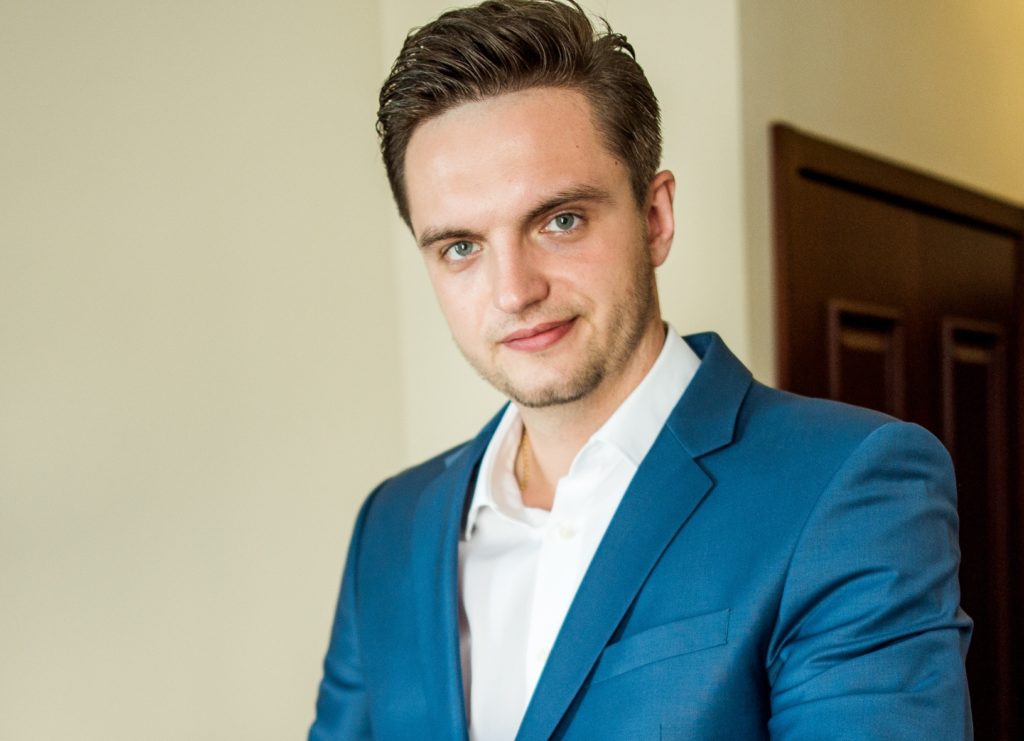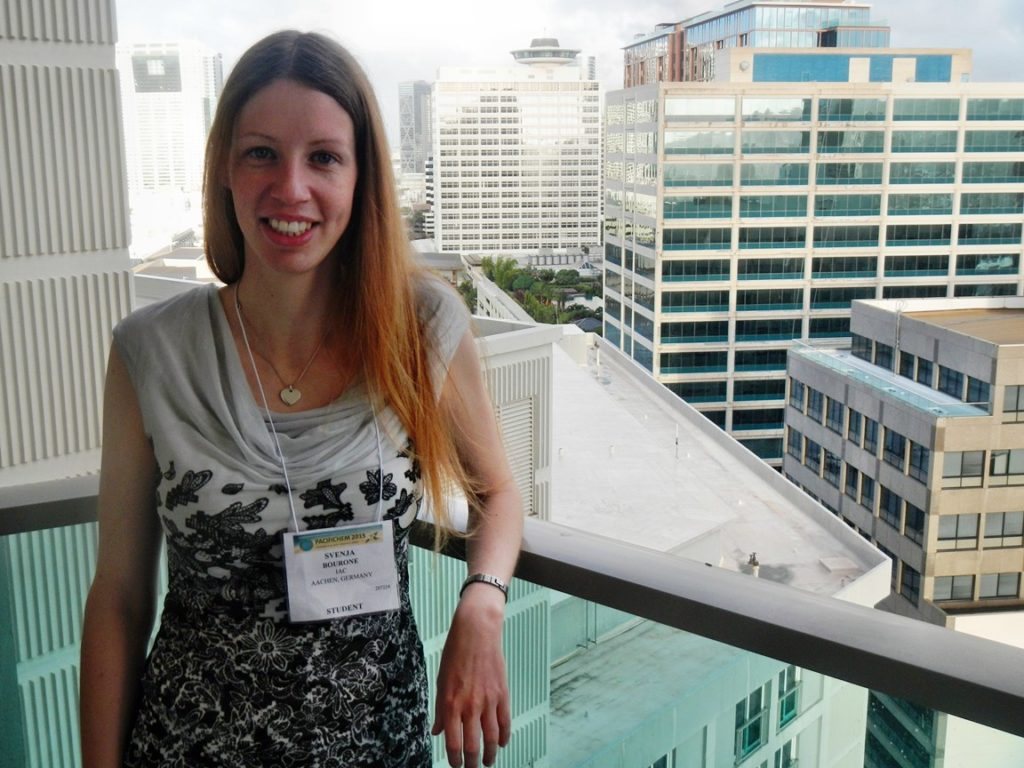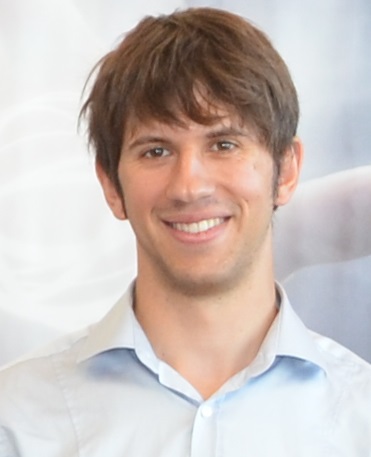
Corporate researchers and independent scientists are working closely and successfully together in a six-year programme.
Many drivers pay little attention to the tires on their car. But wrongly so: these inconspicuous black rubber rings are packed with all kinds of high technology and are the culmination of decades of elaborate materials research. No two tire models are alike. The material and structural requirements for your car’s “boots” differ not only between summer and winter, but also from one vehicle type to another. A sports car needs a different kind of tires from a compact car, for example, and a minibus has different needs from an SUV.
Another challenge for tire developers has arrived with electric cars, whose massive onboard batteries make them substantially heavier than comparable models with petrol or diesel engines but also provide a different kind of acceleration.
In order to overcome the challenges in future tire technology, experts from the American company Goodyear and researchers from the Luxembourg Institute of Science and Technology (LIST) have joined forces in a strategic partnership. “This is a marvellous concept, which brings enormous benefits to both sides,” says Daniel Schmidt, lead scientist at LIST and coordinator of the “Materials Research for the Tire Technology of Tomorrow” programmer.
Goodyear is one of the world’s leading tire manufacturers and operates a research and development centre in Colmar-Berg, Luxembourg, which employs more than 1000 scientists and engineers. The researchers at LIST, in Esch-sur-Alzette some 50 kilometres away, can build on many years of comprehensive experience in the analysis of chemical and physical properties of materials that are also crucial in the production of tires.
The material matrix makes all the difference
The focus for the development of new tires is on a handful of properties that are critical for safety and driving behaviour: the tires’ rolling resistance, wet and dry grip, road noise, energy consumption, braking behaviour and wear. All of these characteristics, some of which even oppose each other, depend on one thing above all else: the right material mixture in the tire rubber. A huge range of ingredients may be used to build a modern tire – mixed according to different formulas to meet different requirements.
As LIST researcher Schmidt sums it up: “Not all rubbers are equal.” The polymers making up the basic structure of the synthetic tire material are complemented with “fillers” – in most cases based on silica or carbon – that help to give tire rubber its special characteristics. “Then there are the so-called additives: substances that, among other things, facilitate the mixing of the material components, prevent ageing, improve grip, etc,” Schmidt explains.
To the layperson this might seem like modern alchemy but, for the scientists and engineers, it is materials research in its finest. “It is crucial that we understand in as much detail as possible how the substances are chemically structured, how they mutually influence one another and what ultimately happens in the complex mixtures they form,” Schmidt says. “This knowledge allows us to produce bespoke materials for the tires of the future.”
Four focal points of the research teams
The researchers of Goodyear and LIST have been working hand-in-hand since 2017 with this purpose in mind. The program behind this collaboration, which the Luxembourg National Research Fund (FNR) is funding over a period of six years, is divided into four sub-programs. These reflect the four most important areas of materials research for tire technology.
In the first, the researchers are concentrating on fillers developed to enhance the mechanical properties of tire rubber or to reduce its weight, for example. The second is polymer chemistry – the molecular design and production of synthetic macromolecules perfectly suited to specific tire applications. The third sub-program is researching the effects of additives that are only added in small amounts to the polymers but are crucial for processing and final properties.
“Finally, the fourth sub-program has an overarching character, focusing on novel investigative methods for materials characterisation and testing,” says programme coordinator Daniel Schmidt.
The LIST researcher emphasises in particular the close and intensive collaboration of the teams from the manufacturing company and the independent research institute. “This collaboration is profitable for both sides,” Schmidt points out. The program creates a basis for making faster advancements in developing new materials and concepts for tire technology than would be possible without the mutual support and integration of the teams. It has around two dozen projects in total, each led by researchers from both Goodyear and LIST. A number of young scientists – doctoral students and postdoctoral researchers – are additionally driving the research forward.
Valuable new findings
At regular meetings, the project teams share information about their work, discuss plans and present their current findings. These are already highly visible. With improved computer models, the researchers have gained valuable insights into how the reinforced structure of a tire reacts to external forces – a starting point for optimising tire design. Another team has developed new analytical tools for complex material mixtures. The researchers in one of the projects have gained a deeper insight into the behaviour of tire reinforcing cords. They have also taken a step forward in understanding the interface between the cords and the rubber in order to improve its durability.
The collaboration is running at full speed on computers and in laboratories. As things stand, Daniel Schmidt does not imagine that this should end following the official termination of the program in December 2022.
“We have too many exciting ideas that we still want to put into action together,” he says. “We can build on promising results – and can rely on highly motivated teams at Goodyear and LIST.” The LIST scientist predicts: “Several of our young researchers will likely go on to work at Goodyear in the future – and that will further strengthen the bond between the two partners.” Schmidt is therefore convinced: “This cooperation provides us with a model for success and promises excellent long-term prospects.”
This success story originates from the FNR 2018 Annual Report – view the Annual Report as PDF or interactive digital version
IPBG
Through the Industrial Partnership Block Grant (IPBG) programme, the FNR awards a block allocation of PhD and/or Postdoc grants (Industrial Fellowships) in which Luxembourg-based industry partner(s) take the lead in arranging a research programme with a Luxembourg-based public research institution of their choice (in research relevant to FNR’s strategic priority areas).
DOMAIN: MS – New Functional and Intelligent Materials and Surfaces
FNR COMMITTED: 2,684,000 EUR
PERIOD: 01.01.2017 to 31.12.2022







